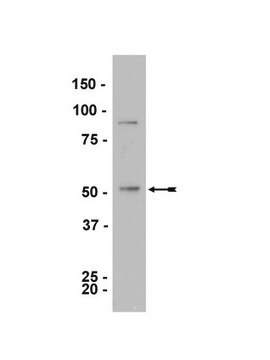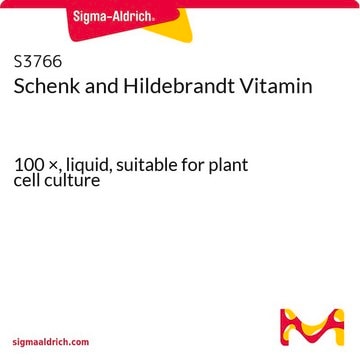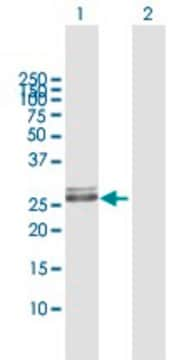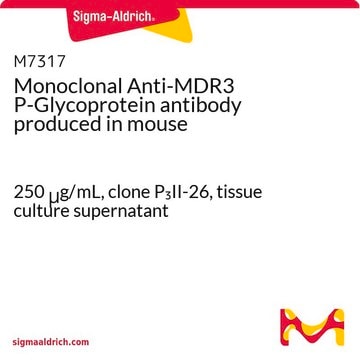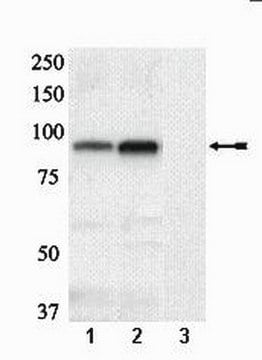04-791
Anti-mono/di/trimethyl-Histone H3 (Lys4) Antibody, clone AW304, rabbit monoclonal
culture supernatant, clone AW304, Upstate®
Synonyme(s) :
H3K4me, Histone H3 (methyl K4)
About This Item
Produits recommandés
Source biologique
rabbit
Niveau de qualité
Forme d'anticorps
culture supernatant
Type de produit anticorps
primary antibodies
Clone
AW304, monoclonal
Espèces réactives
vertebrates, human
Fabricant/nom de marque
Upstate®
Technique(s)
ChIP: suitable
inhibition assay: suitable (peptide)
multiplexing: suitable
western blot: suitable
Isotype
IgG
Numéro d'accès NCBI
Numéro d'accès UniProt
Conditions d'expédition
dry ice
Modification post-traductionnelle de la cible
monomethylation (Lys4)
Informations sur le gène
human ... H3C1(8350)
Description générale
Spécificité
Immunogène
Application
The antibody was reported by an independent laboratory as suitable for ChIP.
Immunoblot Analysis:
A previous lot detected methylated Histone H3 in acid-extracted proteins from HeLa cells. The antibody did not detect unmethylated recombinant histone H3 (Catalog # 14-494).
Peptide Inhibition Analysis:
2 μM of a histone H3 peptide containing monomethyl-lysine 4, dimethyl lysine 4, and trimethyl-lysine 4 abolished detection of histone H3 by this lot in immunoblot analysis of HeLa acid extracts. Some signal reduction was observed with histone H3 peptides containing dimethyl-lysine 9 or 27.
Beadlyte Histone-Peptide Specificity Assay: 1:1,000-1:2,000 dilutions of this lot were incubated with histone H3 peptides containing various modifications conjugated to Luminex microspheres. Specificity for mono, di, and trimethyl-lysine 4 was demonstrated.
Epigenetics & Nuclear Function
Histones
Qualité
Immunoblot Analysis: A 1:500 (lane 1) and 1:1000 (lane 2) dilution of this lot detected methylated Histone H3 in HeLa nuclear extracts.
Description de la cible
Liaison
Forme physique
Stockage et stabilité
For maximum recovery of product, centrifuge the vial prior to removing the cap. Avoid repeated freeze/thaw cycles, which may damage IgG and affect product performance.
Remarque sur l'analyse
HeLa cell nuclear or acid extracts.
Informations légales
Clause de non-responsabilité
Not finding the right product?
Try our Outil de sélection de produits.
Code de la classe de stockage
12 - Non Combustible Liquids
Classe de danger pour l'eau (WGK)
WGK 1
Point d'éclair (°F)
Not applicable
Point d'éclair (°C)
Not applicable
Certificats d'analyse (COA)
Recherchez un Certificats d'analyse (COA) en saisissant le numéro de lot du produit. Les numéros de lot figurent sur l'étiquette du produit après les mots "Lot" ou "Batch".
Déjà en possession de ce produit ?
Retrouvez la documentation relative aux produits que vous avez récemment achetés dans la Bibliothèque de documents.
Notre équipe de scientifiques dispose d'une expérience dans tous les secteurs de la recherche, notamment en sciences de la vie, science des matériaux, synthèse chimique, chromatographie, analyse et dans de nombreux autres domaines..
Contacter notre Service technique
